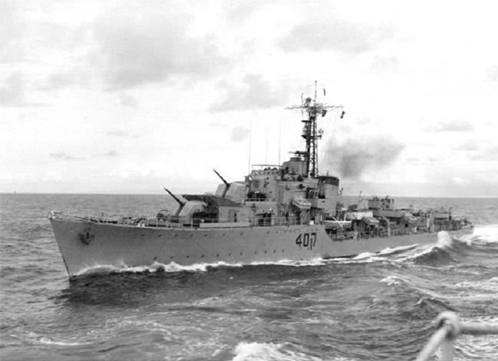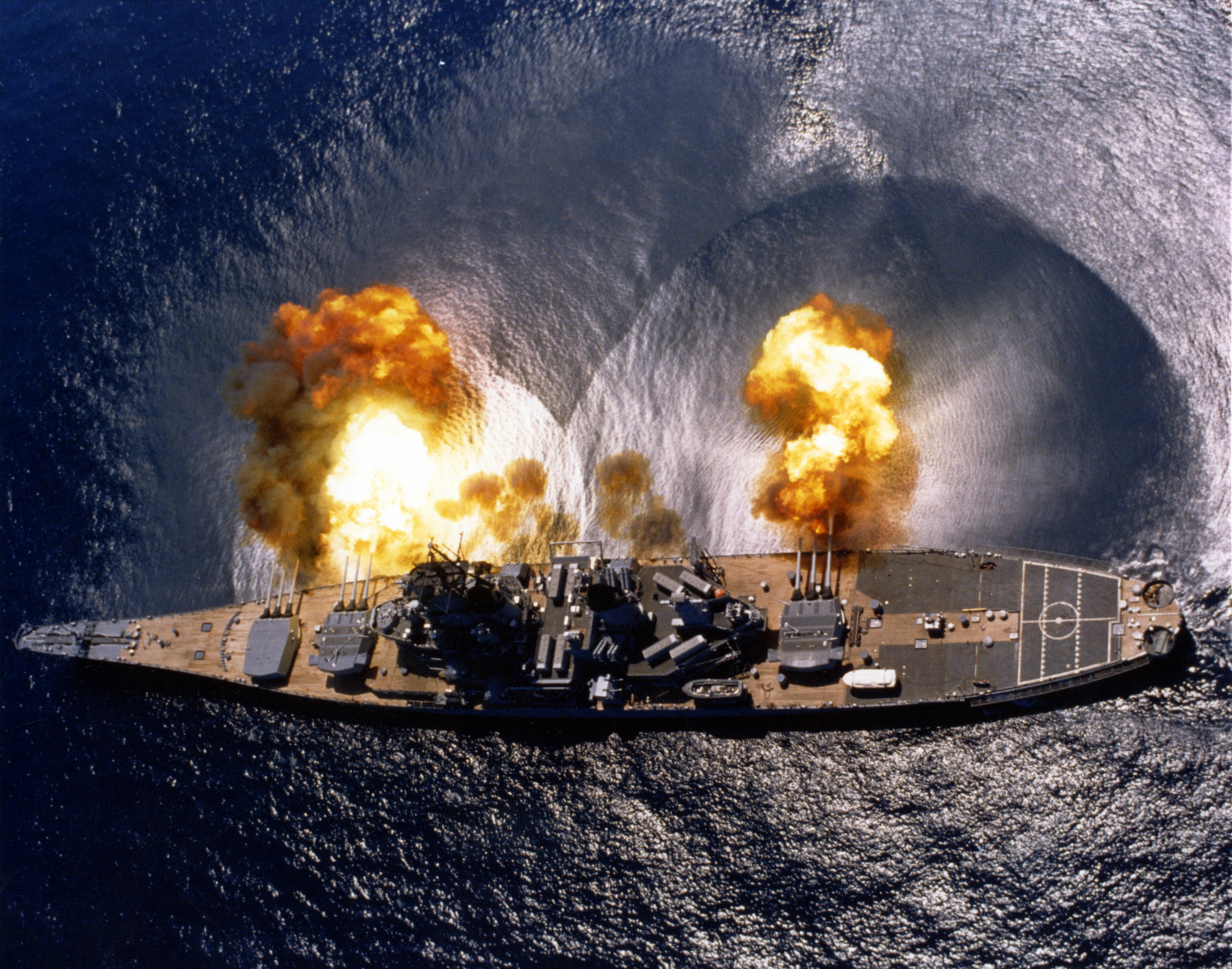|
Sea Skua
The Sea Skua is a British lightweight short-range air-to-surface missile (ASM) designed for use from helicopters against ships. It was primarily used by the Royal Navy on the Westland Lynx. Although the missile is intended for helicopter use, Kuwait employs it in a shore battery and on their ''Umm Al Maradem'' (Combattante BR-42) fast attack craft. The Royal Navy withdrew the missile from active service in 2017. Its replacement, Sea Venom was considerably delayed with full operating capability was only anticipated in 2026. Development Sea Skua traces its history, indirectly, to the immediate post-war era. Growing increasingly concerned about the threat of aircraft, especially after the introduction of glide bombs during the war, the Royal Navy was convinced that all ships required some form of surface-to-air missile (SAM) for defence. These systems tended to be relatively large, especially in the era before vertical launch, and it was difficult to mount both a useful SAM an ... [...More Info...] [...Related Items...] OR: [Wikipedia] [Google] [Baidu] |
Westland Lynx
The Westland Lynx is a British multi-purpose twin-engined military helicopter designed and built by Westland Helicopters at its factory in Yeovil. Originally intended as a utility craft for both civil and naval usage, military interest led to the development of both battlefield and naval variants. The Lynx went into operational usage in 1977 and was later adopted by the armed forces of over a dozen nations, primarily serving in the Utility helicopter, battlefield utility, anti-tank warfare, anti-armour, search and rescue and anti-submarine warfare roles. The Lynx is a fully aerobatics, aerobatic helicopter with the ability to perform loops and rolls. In 1986, a specially modified Lynx set the current Fédération Aéronautique Internationale's official airspeed record for helicopters (category excludes compound helicopters) at , which remains unbroken as of January 2022. [...More Info...] [...Related Items...] OR: [Wikipedia] [Google] [Baidu] |
Racal
Racal Electronics plc was a British electronics company that was founded in 1950. Listed on the London Stock Exchange and once a constituent of the FTSE 100 Index, Racal was a diversified company, offering products including voice recorders and data recorders, point of sale terminals, laboratory instruments and military electronics, including radio and radar. At its height it was the third largest British electronics firm; it operated worldwide and employed over 30,000 people at its height. It was the parent company of Vodafone, before the mobile telephony provider was sold in 1991. Racal was bought by Thomson-CSF (now called Thales Group) in 2000. The purchase was expected to roughly double the size of the French defence giant's operations in the UK, a country that already represented one of its biggest export markets in Europe. In 2001, Racal Instruments Inc. became an independent company after a leveraged buyout from Thales. In 2004, it was acquired by EADS North America Def ... [...More Info...] [...Related Items...] OR: [Wikipedia] [Google] [Baidu] |
Seaspray (radar)
Seaspray is series of a British airborne maritime radar systems, initially developed by Ferranti for the Lynx helicopter, built in Edinburgh. It is used primarily as an air-to-surface-vessel (ASV) radar in the anti-submarine and anti- missile-boat roles. The combination of Lynx and Seaspray has been an export success and operates in numerous armed forces around the world, often along with the related Sea Skua short-range missile. A new series, Seaspray 7000, was launched in 2002. This is an all-new design sharing only the name with the original design. History Original Seaspray In 1967, Egyptian missile boat sank the Israeli destroyer '' Eilat'', immediately revealing the serious threat these new weapons presented. Considering the problem, it appeared that there was no simple ship-mounted solution. Although the Seacat missile had been designed with a secondary anti-shipping role, it lacked the range needed to attack the stand-off missiles on the boats. Sea Dart could also be use ... [...More Info...] [...Related Items...] OR: [Wikipedia] [Google] [Baidu] |
Anti-shipping Missile
An anti-ship missile (AShM or ASM) is a guided missile that is designed for use against ships and large boats. Most anti-ship missiles are of the sea-skimming variety, and many use a combination of inertial navigation system, inertial guidance and active radar homing. A large number of other anti-ship missiles use infrared homing to follow the heat that is emitted by a ship; it is also possible for anti-ship missiles to be guided by radio command all the way. Many anti-ship missiles can be launched from a variety of weapons systems including Surface combatant, surface warships (also referred to as ship-to-ship missiles), submarines, bombers, fighter planes, anti-submarine warfare, patrol planes, helicopters, shore battery, shore batteries, land vehicles, and, conceivably, even infantrymen firing shoulder-launched missiles. The term surface-to-surface missile (SSM) is used when appropriate. The longer-range anti-ship missiles are often called anti-ship cruise missiles. Several ... [...More Info...] [...Related Items...] OR: [Wikipedia] [Google] [Baidu] |
HMS Zealous (R39)
HMS ''Zealous'' was a Z-class destroyer of the Royal Navy built in 1944 by Cammell Laird. She served during the Second World War, participating in operations in the North Sea and off the Norwegian coast, before taking part in some of the Arctic convoys. She spent a further ten years in Royal Navy service after the end of the war before being sold to the Israeli Navy, which operated her as INS ''Eilat''. She saw action during the Suez Crisis in 1956 attacking Egyptian ships, and was still active by the outbreak of the Six-Day War in 1967. She was sunk several months after the conflict by missiles launched from several small Egyptian missile boats; this made her the first vessel to be sunk by a missile boat in wartime. It was an important milestone in naval surface warfare, which aroused considerable interest around the world in the development of small manoeuvrable missile boats. Design and construction The Z-class were War Emergency Programme destroyers, intended for general ... [...More Info...] [...Related Items...] OR: [Wikipedia] [Google] [Baidu] |
Brave-class Patrol Boat
The Brave-class fast patrol boats were a class of two gas turbine motor torpedo boats (MTBs) that were the last of their type for the Royal Navy (RN) Coastal Forces division. They formed the basis for a series of simpler boats which were widely built for export. At the time of their introduction the Braves were the fastest naval vessels in the world. Brave class The Brave class followed the of convertible motor torpedo boats/gunboats. They were larger than the Dark class, and differed in being powered by gas turbine engines rather than the diesel engines of the Dark class. (Gas turbine propulsion had been tested in the of two experimental fast patrol boats). Three Bristol Proteus engines propelled the Braves to a maximum of . Like the Dark class, the Braves had a mahogany skin over aluminium frame construction. They were built to be able to be used as either motor torpedo boats or motor gun boats. For the former role they had a 40 mm Bofors gun, four torpedoes and two d ... [...More Info...] [...Related Items...] OR: [Wikipedia] [Google] [Baidu] |
Sea Dart (missile)
Sea Dart, or GWS.30 was a Royal Navy surface-to-air missile system designed in the 1960s and entering service in 1973. It was fitted to the Type 42 destroyers, the single Type 82 destroyer and the s. Originally developed by Hawker Siddeley, the missile was built by British Aerospace after 1977. It was withdrawn from service in 2012. Britain's first naval surface-to-air missile was GWS1 Seaslug, which entered service in 1963. This used beam riding guidance which offered limited accuracy and was useful only against slower targets. The need for a higher performance system was seen even as it entered service. Bristol Aerospace, which had recently introduced the ramjet-powered Bloodhound missile for the RAF, offered a new ramjet powered concept, while British Aircraft Corporation (BAC) proposed a shorter-range rocket powered design. The Admiralty asked for a proposal combining BAC's layout with Bristol's engine, which became Sea Dart. Compared to Seaslug, Sea Dart was faster, ... [...More Info...] [...Related Items...] OR: [Wikipedia] [Google] [Baidu] |
Seacat (missile)
Seacat was a British short-range surface-to-air missile system intended to replace the ubiquitous Bofors 40 mm gun aboard warships of all sizes. It was the world's first operational shipboard point-defence missile system, and was designed so that the Bofors guns could be replaced with minimum modification to the recipient vessel and (originally) using existing fire-control systems. A mobile land-based version of the system was known as Tigercat. The initial GWS.20 version was manually controlled, in keeping with the need for a rapidly developed and deployed system. Several variants followed; GWS.21 added radar-cued manual control for night and bad-weather use, GWS.22 added a SACLOS automatic guidance mode, and the final GWS.24 had fully automatic engagement. Tigercat saw relatively brief service before being replaced in British service by the Rapier, while Seacat saw longer service until being replaced by Sea Wolf and newer technology close-in weapons systems. Seacat and Tiger ... [...More Info...] [...Related Items...] OR: [Wikipedia] [Google] [Baidu] |
Seaslug (missile)
Seaslug was a first-generation surface-to-air missile designed by Armstrong Whitworth (later part of the Hawker Siddeley group) for use by the Royal Navy. Tracing its history as far back as 1943's LOPGAP design, it came into operational service in 1961 and was still in use at the time of the Falklands War in 1982. Seaslug was intended to engage high-flying targets such as reconnaissance aircraft or bombers before they could launch stand-off weapons. It was only fitted to the Royal Navy's eight County-class destroyers which were designed around the missile system. Seaslug was only fired in anger once as an anti-aircraft missile, from during the Falklands War, but missed its target. Later improvements meant that it could also be used against ships and ground targets. It was planned that Seaslug's medium-range role was to be supplanted by a very long-range missile known as Blue Envoy, but this was passed over in favour of a new medium-range system, Sea Dart. Sea Dart entered serv ... [...More Info...] [...Related Items...] OR: [Wikipedia] [Google] [Baidu] |
Naval Artillery
Naval artillery is artillery mounted on a warship, originally used only for naval warfare and then subsequently used for more specialized roles in surface warfare such as naval gunfire support (NGFS) and anti-aircraft warfare (AAW) engagements. The term generally refers to powder-launched projectile-firing weapons and excludes self-propelled projectiles such as torpedoes, rockets, and missiles and those simply dropped overboard such as depth charges and naval mines. Origins The idea of ship-borne artillery dates back to the classical era. Julius Caesar wrote about the Roman navy's usage of ship-borne catapults against Celtic Britons ashore in his ''Commentarii de Bello Gallico''. The dromons of the Byzantine Empire carried catapults and Greek fire. From the Middle Ages onwards, warships began to carry cannons of various calibres. In the Battle of Tangdao in 1161, the Southern Song general Li Bao used huopao (a type of gunpowder weapons, possibly cannons) and fire arro ... [...More Info...] [...Related Items...] OR: [Wikipedia] [Google] [Baidu] |
Surface-to-air Missile
A surface-to-air missile (SAM), also known as a ground-to-air missile (GTAM) or surface-to-air guided weapon (SAGW), is a missile designed to be launched from the ground or the sea to destroy aircraft or other missiles. It is one type of anti-aircraft warfare, anti-aircraft system; in modern armed forces, missiles have replaced most other forms of dedicated anti-aircraft weapons, with anti-aircraft guns pushed into specialized roles. The first attempt at SAM development took place during World War II, but no operational systems were introduced. Further development in the 1940s and 1950s led to operational systems being introduced by most major forces during the second half of the 1950s. Smaller systems, suitable for close-range work, evolved through the 1960s and 1970s, to modern systems that are man-portable. Shipborne systems followed the evolution of land-based models, starting with long-range weapons and steadily evolving toward smaller designs to provide a layered defence. T ... [...More Info...] [...Related Items...] OR: [Wikipedia] [Google] [Baidu] |









